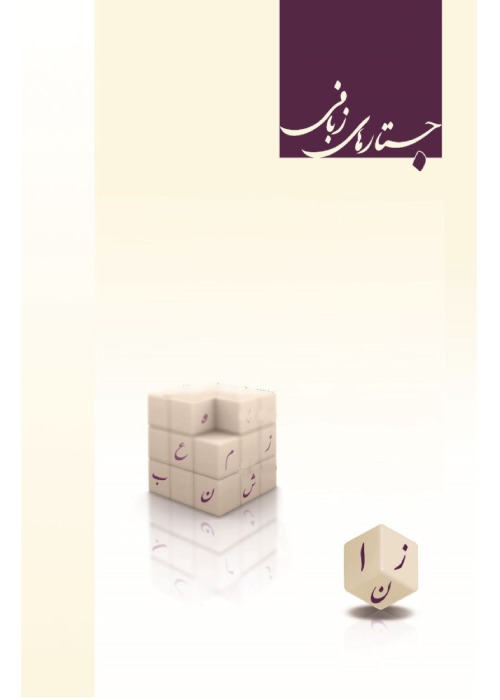Sonority-Driven Phonological Processes in Turkic Languages
Author(s):
Abstract:
Sonority determines the legal syllable structure of a language and triggers applying some phonological processes in order to retain the appropriate syllable pattern. All Turkic languages exhibit five different strategies/consonant cluster processes (metathesis, weakening, degemination, deletion and epenthesis) which are sonority-driven and arise through the interaction of markedness and faithfulness constraints. By considering a full range of data from Azeri and Turkish languages within the framework of optimality theoretic phonology we found that high ranking sonority constraints such as syllable contact law, sonority sequence principle, and sonority angle affect the clusters of loanwords and native words through different phonological processes. In fact these various phonological processes are used to improve syllable structure and save a segment from deletion. While in these languages words can end in two consonants, glide/liquid-nasal and glide-liquid sequences in spite of having rising sonority are not possible. Although coda sonorants may not be broken by a vowel epenthesis due to an OCP effect because /r/-obstruent and /n/-obstruent (ʣ) sequences are also not preferred in casual speech. In this paper, in the light of evidence from Turkic languages, issues like inserting and omitting of vowel within the rising sonority medial clusters, Prothesis and Anaptyxis in onset clusters, vowel epenthesis in rising and falling sonority final clusters, and consonant deletion in pre-consonantal coda position are considered within the framework of optimality theoretic phonology to show that the motivation for vowel insertion in word initial consonant clusters is to observe *Complexons, the epenthesis site (within the cluster or at the word-edge) is determined by the high ranking sonority constraints And also to show that the sonority advantage of a glide or a liquid over a nasal is insufficient to override Dep-Io. So what triggers the variable behavior of Turkish, Lebanese Arabic, Irish, Chaha, Catalan clusters is the Sonority Angel formed by the contours /CC/ and [CV]. Finally we observe that homorganic clusters are perceptually marked. That is a consonant which has few feature distinguishing it in place or manner from a preceding consonant is perceptually indistinct and is less suitable than a more contrastive consonant for maintaining lexical contrasts. Moreover we have to note that In Azeri the occurrence of coda-onset sequences across a syllable boundary subjects to the Syllable Contact Law (the optimal intervocalic consonant cluster is the one that terminates the first syllable with high sonority and starts the next syllable with low sonority). Thus Azeri applies some strategies to optimize the syllable contact. All clusters violating syllable contact are reordered, and broken up by epenthesis. Metathesis which can be explained in terms of phonological system rather than phonetical system is regular and productive in the language in question and links synchronic studies to diachronic ones.
Keywords:
Language:
Persian
Published:
Language Related Research, Volume:8 Issue: 5, 2017
Pages:
235 to 268
magiran.com/p1762136
دانلود و مطالعه متن این مقاله با یکی از روشهای زیر امکان پذیر است:
اشتراک شخصی
با عضویت و پرداخت آنلاین حق اشتراک یکساله به مبلغ 1,390,000ريال میتوانید 70 عنوان مطلب دانلود کنید!
اشتراک سازمانی
به کتابخانه دانشگاه یا محل کار خود پیشنهاد کنید تا اشتراک سازمانی این پایگاه را برای دسترسی نامحدود همه کاربران به متن مطالب تهیه نمایند!
توجه!
- حق عضویت دریافتی صرف حمایت از نشریات عضو و نگهداری، تکمیل و توسعه مگیران میشود.
- پرداخت حق اشتراک و دانلود مقالات اجازه بازنشر آن در سایر رسانههای چاپی و دیجیتال را به کاربر نمیدهد.
In order to view content subscription is required
Personal subscription
Subscribe magiran.com for 70 € euros via PayPal and download 70 articles during a year.
Organization subscription
Please contact us to subscribe your university or library for unlimited access!


